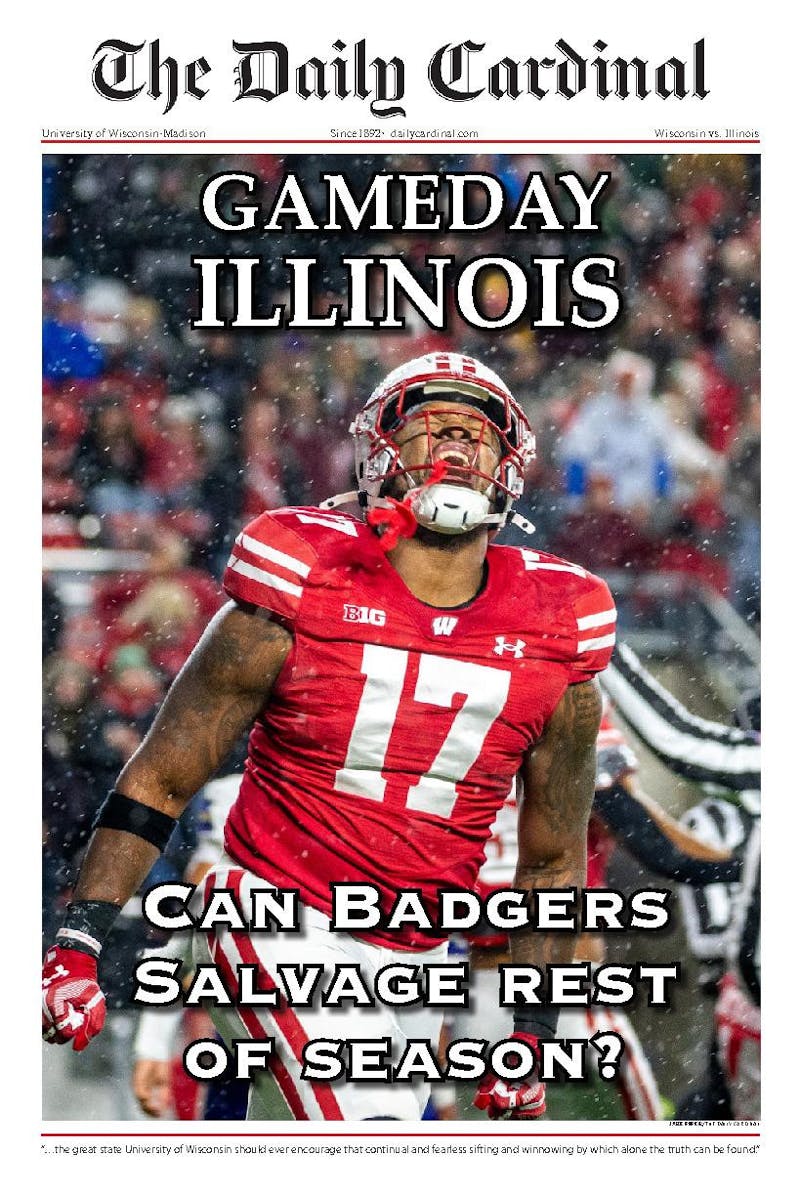The Neighborhood House community center in Madison’s Greenbush Neighborhood has seen a sharp rise in food pantry use in recent months, driven by a mix of local and federal pressures, according to the center’s Adult & Community Director Taylor Drogemuller.
“In 2021, we were serving roughly 30 to 50 families a week, and now we are serving over 100 families a week,” Drogemuller said.
This increase, along with federal policy changes, has strained Neighborhood House’s food pantry as well as other pantries in the Madison area. Drogemuller said limited supplies from local food banks has led community centers like the Neighborhood House to outsource food from places like local farms, who they previously wouldn’t have been so reliant on.
“This week, if you look around here, you’ll see a lot of bread, a lot of crackers, not the most diverse or nutritious stuff,” Drogemuller said. She added that she largely relies on free supplies from local food banks, and as that becomes harder to come by, more time will have to be spent applying for grants.
“Just finding grants, writing them, it’s very time consuming, and then a lot of them have a lot of really labor intensive compliance,” Drogemuller said. She added that many grants have strict policies requiring the recipient to report exactly how the money is spent.
Recent federal changes have made it harder for larger food banks, such as Neighborhood House’s main supplier Second Harvest, to secure food. These changes include adjustments to the FoodShare program and the USDA discontinuing their hunger survey.
“We’ve used that data for a lot of years,” Second Harvest’s Media and Public Relations Manager Kris Tazelaar said. “It’s helped us to make data driven decisions about where and how we’re gonna use our limited resources to meet need.”
Second Harvest still plans to provide resources to the 16 counties they serve across Southwest Wisconsin, but the discontinued data makes it harder to gauge need and secure financial support. “That data has been valuable to help us tell our story,” Tazelaar said, adding that Second Harvest will continue seeking community donations.
Drogemuller said the Neighborhood House, along with a variety of community centers in the area, have increased collaboration and support with each other. She later credited the diversity of food banks in the Madison area with helping to sustain operations.
“We’re an ecosystem, and we’re all a little different, which is good, because any ecosystem needs diversity,” she said.






